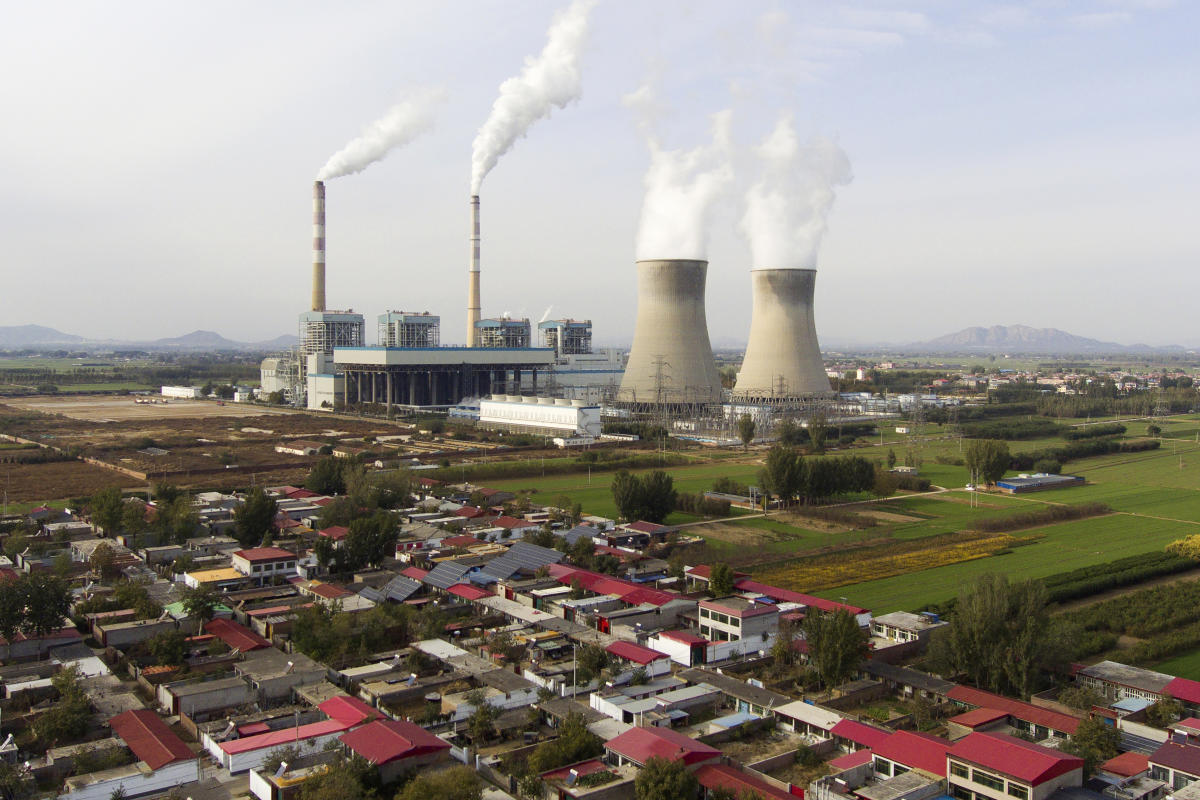Scientists reported that the world emitted 1.1% more heat-trapping carbon dioxide into the atmosphere in 2023 compared to the previous year, attributing this increase to higher pollution levels in China and India. The announcement came at the international climate talks, where global officials aim to reduce emissions by 43% by 2030. Unfortunately, carbon pollution continues to rise, with a staggering 36.8 billion metric tons released into the air last year – twice the annual amount recorded 40 years ago.
According to the Global Carbon Project, the world is on track to exceed the 1.5 degrees Celsius target set by the Paris Agreement. Lead author Pierre Friedlingstein of the University of Exeter expressed the need for rapid cuts in fossil fuel emissions to prevent this. Meanwhile, Intergovernmental Panel on Climate Change Chairman, Jim Skea, emphasized the need for significant emission reductions to limit warming to 1.5 degrees Celsius.
This year, the burning of fossil fuels and cement manufacturing contributed to a significant increase in carbon dioxide levels, equivalent to the release of 2.57 million pounds (1.17 million kilograms) of CO2 into the atmosphere every second. If China and India were excluded from the count, global carbon dioxide emissions would have seen a decrease, suggesting that some regions are moving in the right direction.
However, China and India alone accounted for much of the increase in emissions, with China’s fossil fuel emissions rising by 458 million metric tons and India’s by 233 million metric tons. Aviation emissions also showed a significant increase of 145 million metric tons. In contrast, the rest of the world, excluding China and India, recorded a decrease in fossil fuel emissions, led by Europe and the United States.
Both Europe and the U.S. made progress in reducing emissions, with Europe’s emissions decreasing across the board and the U.S. seeing a significant decline in coal emissions. Despite a drop in emissions reported last year in China, this year’s 4% jump aligns with the post-pandemic recovery witnessed in other parts of the world in 2022.
Overall, the findings reveal that the world is not heading in the right direction in terms of curbing carbon emissions. The urgent need to transition to zero fossil fuel emissions was emphasized by United Nations Environment Programme Director Inger Andersen. The director called for developed nations to achieve this goal by 2040 and developing nations by 2050.
For more of AP’s climate coverage, visit http://www.apnews.com/climate-and-environment. Follow Seth Borenstein on X at @borenbears
Associated Press climate and environmental coverage receives support from several private foundations. See more about AP’s climate initiative here. The AP is solely responsible for all content.


